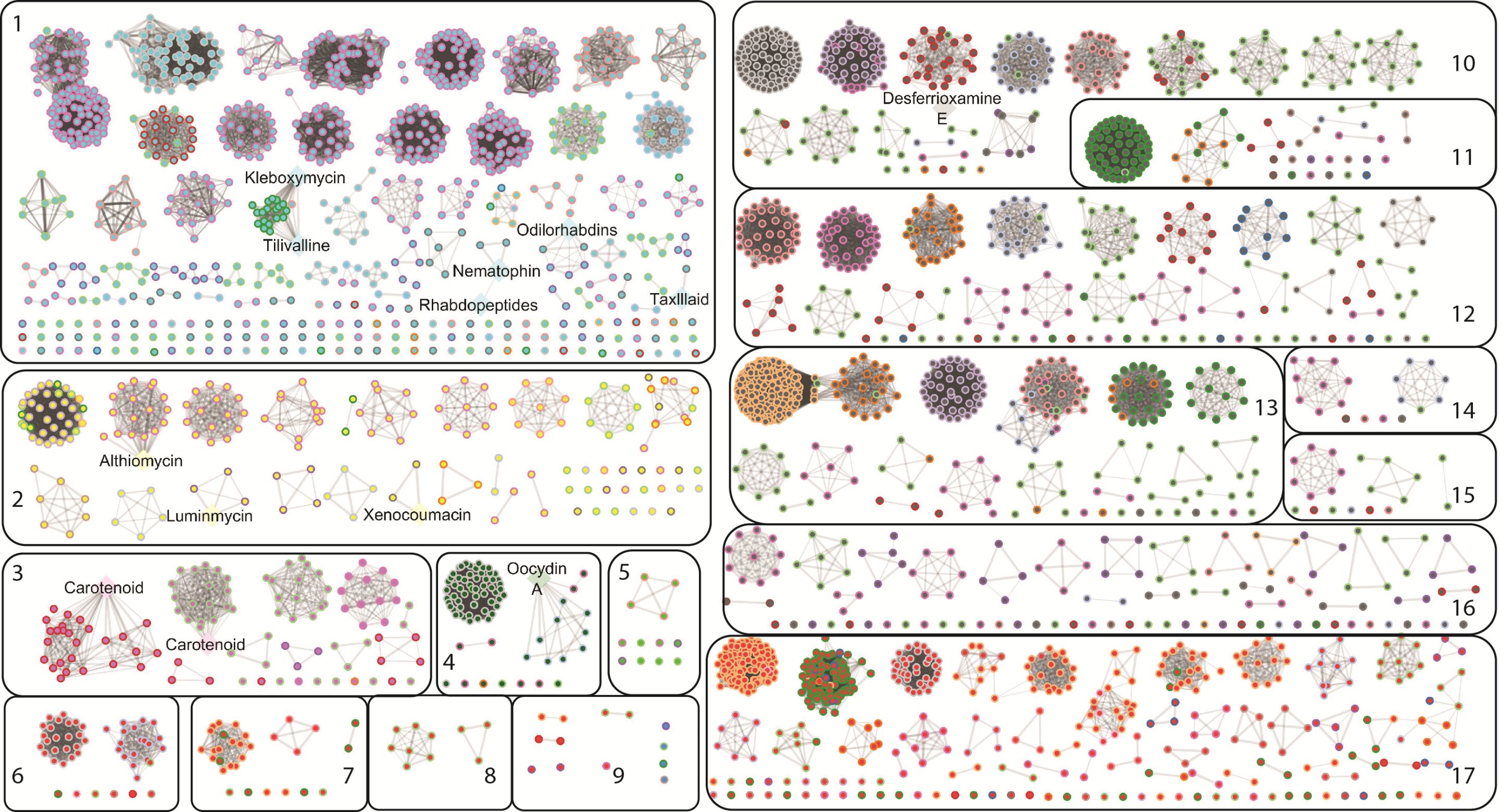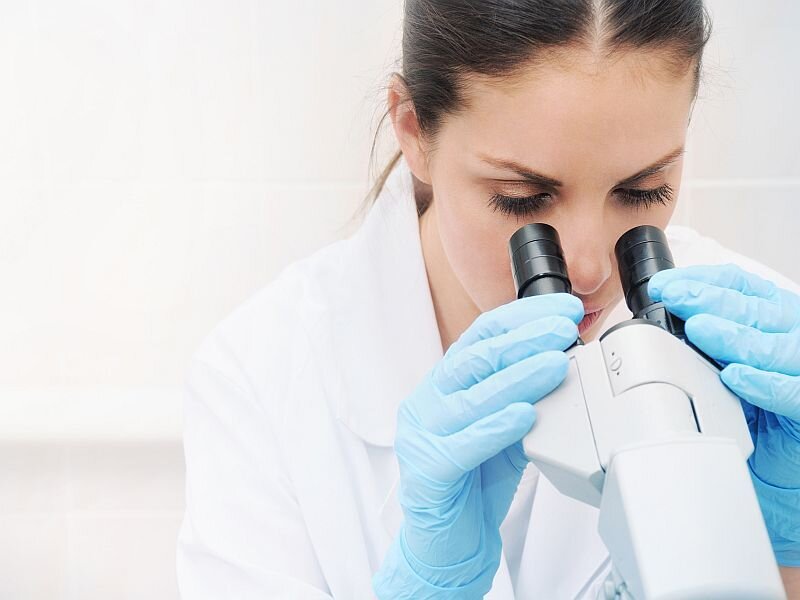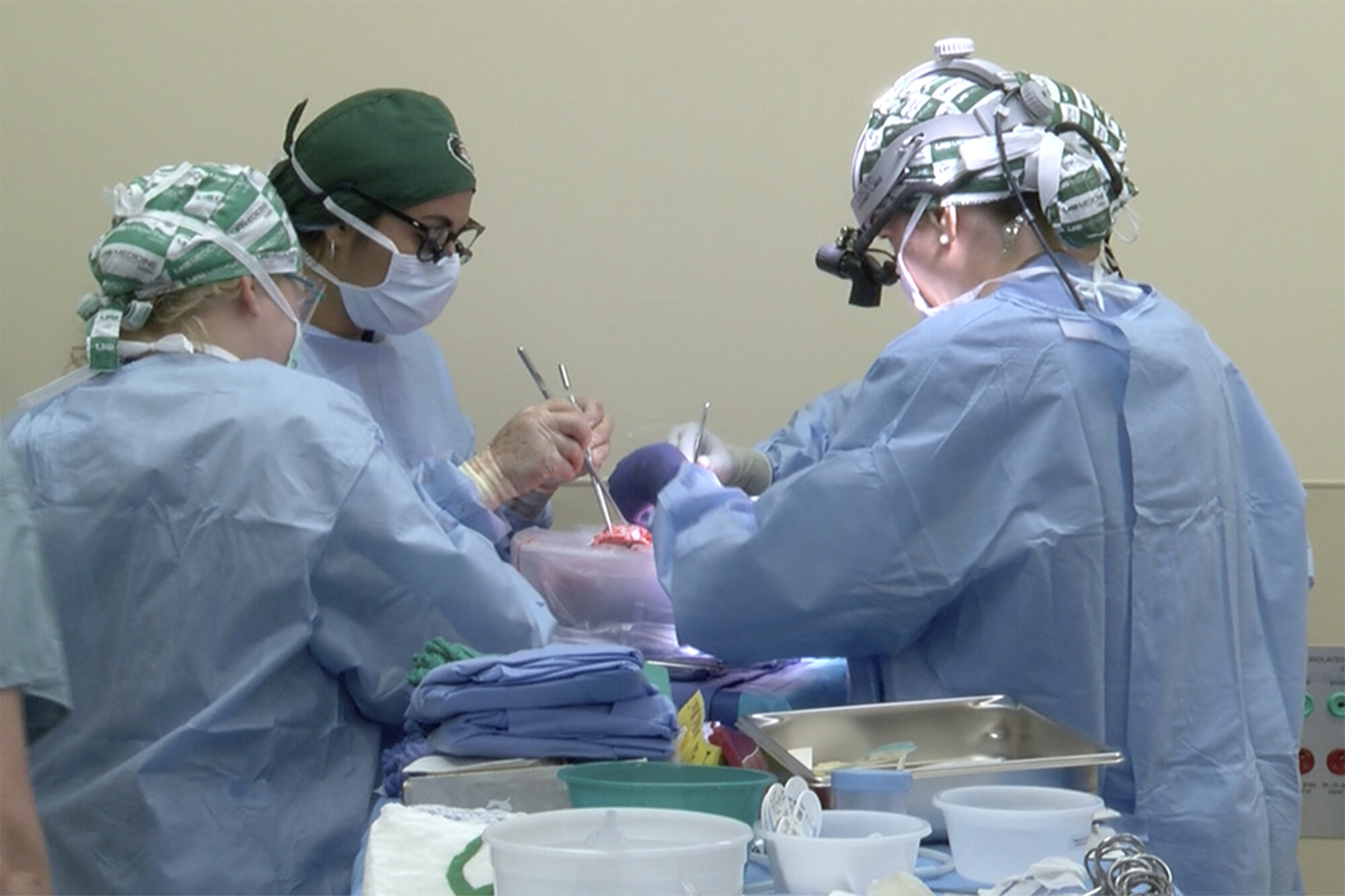#Study highlights undiscovered potential of bacterial compounds and genes linked to colon cancer-related toxin

Table of Contents
“Study highlights undiscovered potential of bacterial compounds and genes linked to colon cancer-related toxin”
by KeAi Communications Co. </p><div>
<div class="article-gallery lightGallery">
<div data-thumb="https://scx1.b-cdn.net/csz/news/tmb/2022/study-highlights-undis.jpg" data-src="https://scx2.b-cdn.net/gfx/news/hires/2022/study-highlights-undis.jpg" data-sub-html="Predicted potential of enterobacteria to produce novel compounds that may have pathogenic as well as industrially-relevant properties. Credit: Omkar S. Mohite.">
<figure class="article-img">
<img src="https://scx1.b-cdn.net/csz/news/800a/2022/study-highlights-undis.jpg" alt="Study highlights undiscovered potential of bacterial compounds and genes linked to colon cancer-related toxin" title="Predicted potential of enterobacteria to produce novel compounds that may have pathogenic as well as industrially-relevant properties. Credit: Omkar S. Mohite." width="800" height="433"/>
<figcaption class="text-darken text-low-up text-truncate-js text-truncate mt-3">
Predicted potential of enterobacteria to produce novel compounds that may have pathogenic as well as industrially-relevant properties. Credit: Omkar S. Mohite.
</figcaption> </figure>
</div>
The last two decades have seen the development of sophisticated computational tools that explore the DNA of bacteria. These tools are on the lookout for interesting metabolites (metabolism-related molecules) that illicit a strong biological reaction. Their impact might be toxic, or it might be life enhancing; for example, informing the development of new antibiotics, anti-cancer drugs or bio-based insecticides for use in agriculture.
The computational tools mine for specific genetic signatures in the neighborhood of DNA that are responsible for producing various compounds of clinical, agricultural and industrial interest. However, how these genetic regions are linked to global parts of the bacterial systems remains a mystery.
A team of scientists from the Technical University of Denmark (DTU) and the University of California San Diego have developed a novel computational approach for analyzing the DNA sequences of thousands of bacteria. The results of their study have been published in the journal Synthetic and Systems Biotechnology.
Tilmann Weber is Associate Director of the Natural Product Genome Mining group at the Novo Nordisk Foundation Center for Biosustainability at DTU (DTU Biosustain), and is one of the study authors. According to Weber, their goal was to unravel which genomic parts work in unison to produce compounds of great interest.
He explains that “enterobacteriaceae is a large family of bacteria that includes common infectious pathogens, such as Salmonella and E-coli, as well as harmless bacteria that live in symbiosis with other living beings. Surprisingly, the computational analysis conducted for this study identified a large number of gene clusters responsible for metabolites of potential interest that were previously unknown. We still need to figure out the functions of these compounds in the production of bacteria, as well as their function when they interact with human hosts or other environments.”
Research has shown that several gut microbes produce a molecule called colibactin that can be associated with colon cancer. In this study, the team established a variety of genetic elements that are always present in colibactin-containing bacteria. Omkar Mohite, a postdoctoral researcher at DTU Biosustain and first author of the study, notes that “such associated signatures could help in predicting a list of biological parts that come together to support the production of the genotoxin that can cause colon cancer—valuable information that might help to improve treatment options in the future.”
He adds that “the drive to understand how biological systems are made up of several parts interacting together is what got me into science. I believe that this puzzle can be solved with new approaches to the integration and investigation of large numbers of datasets, like the approach we’ve used in this study.”
<div class="article-main__explore my-4 d-print-none">
CRISPR-BEST prevents genome instability
</div>
<hr class="mb-4"/>
<div class="article-main__more p-4">
<strong>More information:</strong>
Omkar S. Mohite et al, Pangenome analysis of Enterobacteria reveals richness of secondary metabolite gene clusters and their associated gene sets, <i>Synthetic and Systems Biotechnology</i> (2022). <a rel="nofollow noopener" target="_blank" data-doi="1" href="https://dx.doi.org/10.1016/j.synbio.2022.04.011">DOI: 10.1016/j.synbio.2022.04.011</a>
</div>
<p>
Provided by
KeAi Communications Co.
<!-- print only -->
<div class="d-none d-print-block">
<strong>Citation</strong>:
Study highlights undiscovered potential of bacterial compounds and genes linked to colon cancer-related toxin (2022, June 22)
retrieved 22 June 2022
from https://phys.org/news/2022-06-highlights-undiscovered-potential-bacterial-compounds.html
This document is subject to copyright. Apart from any fair dealing for the purpose of private study or research, no
part may be reproduced without the written permission. The content is provided for information purposes only.
</div>
</div><script id="facebook-jssdk" async="" src="https://connect.facebook.net/en_US/sdk.js"></script>
If you liked the article, do not forget to share it with your friends. Follow us on Google News too, click on the star and choose us from your favorites.
For forums sites go to Forum.BuradaBiliyorum.Com
If you want to read more Like this articles, you can visit our Science category.




